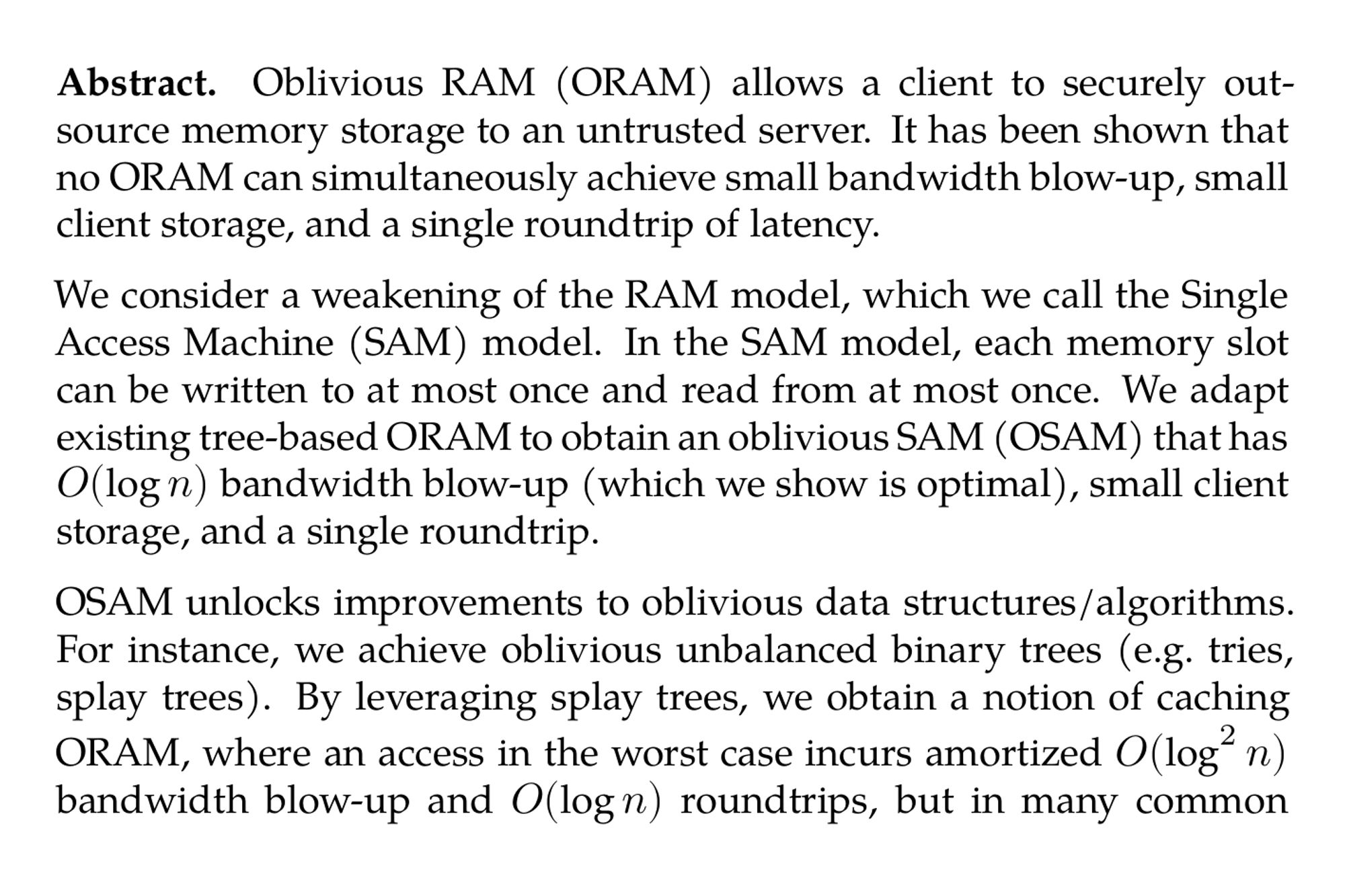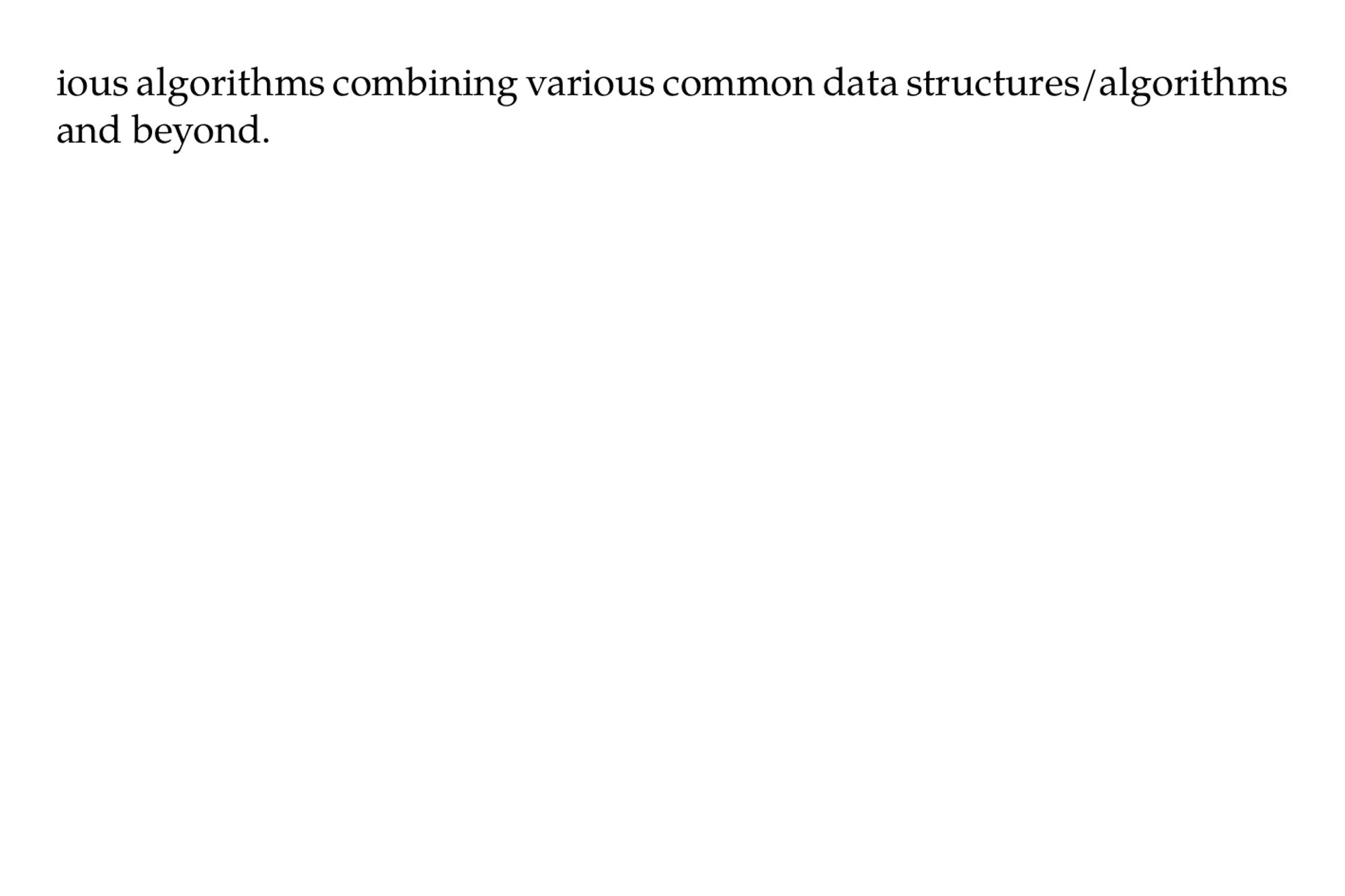EU
ePrint Updates
@eprint.bsky.social
Unofficial bot tracking updates to the IACR Cryptology ePrint Archive (eprint.iacr.org/). Maintained by @str4d.xyz.
Currently only posts about new papers. Author names are linkified to Bluesky accounts; contact maintainer for inclusion or removal.
404 followers1 following2.8k posts
Oblivious Single Access Machines: A New Model for Oblivious Computation (Ananya Appan, David Heath, Ling Ren) ia.cr/2024/1029



EU
ePrint Updates
@eprint.bsky.social
Unofficial bot tracking updates to the IACR Cryptology ePrint Archive (eprint.iacr.org/). Maintained by @str4d.xyz.
Currently only posts about new papers. Author names are linkified to Bluesky accounts; contact maintainer for inclusion or removal.
404 followers1 following2.8k posts